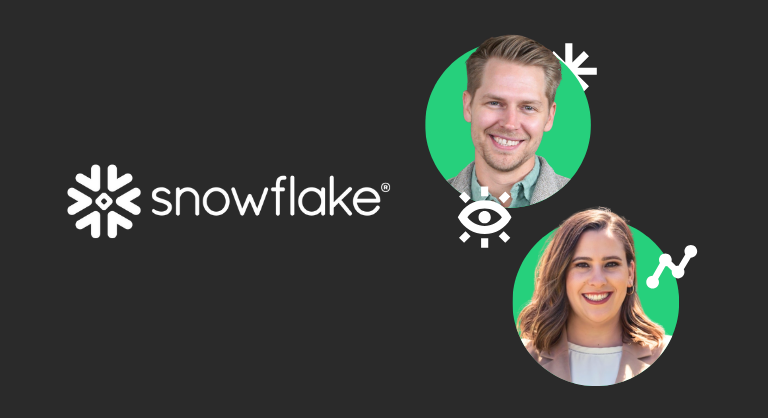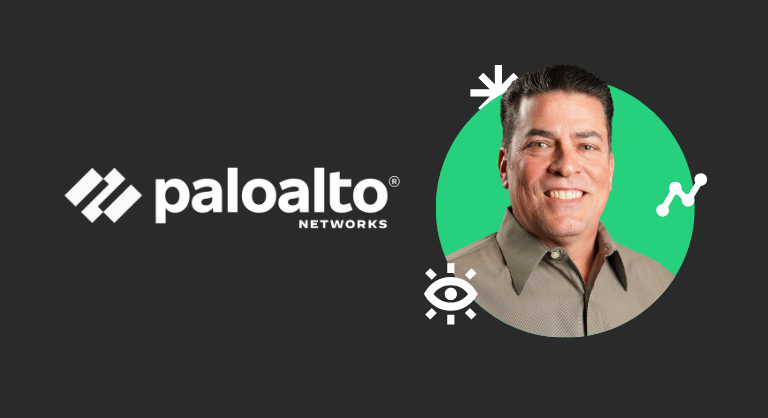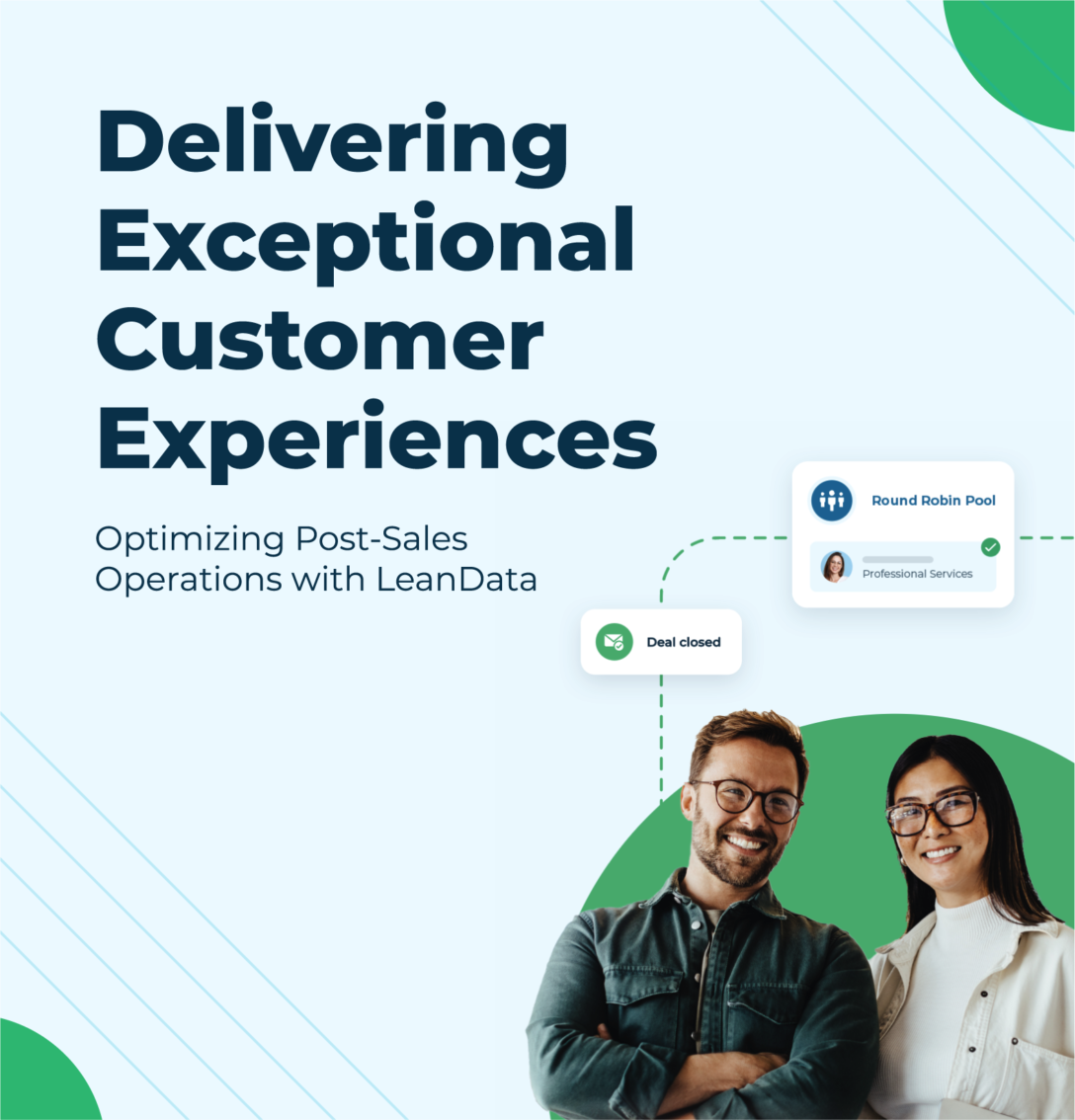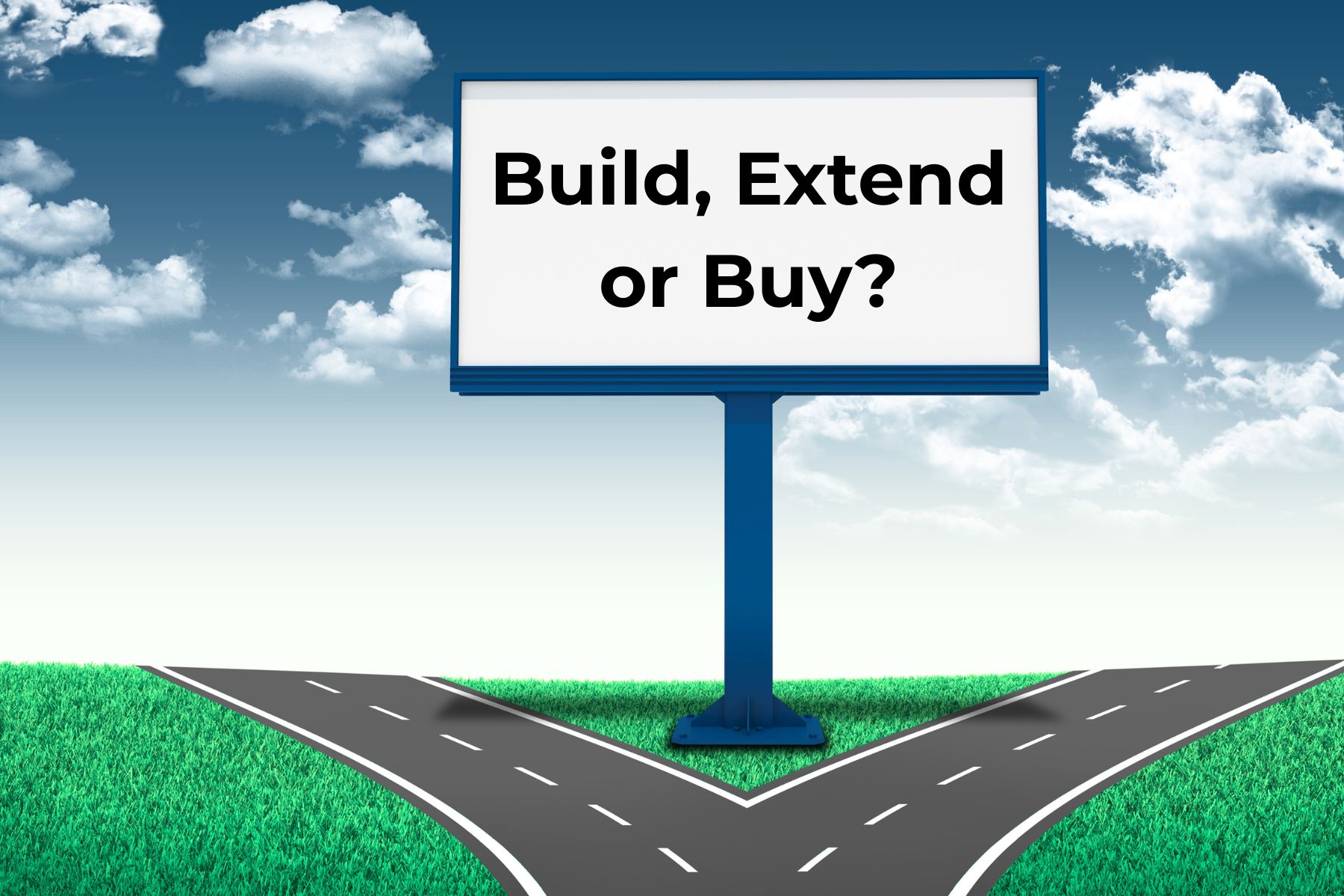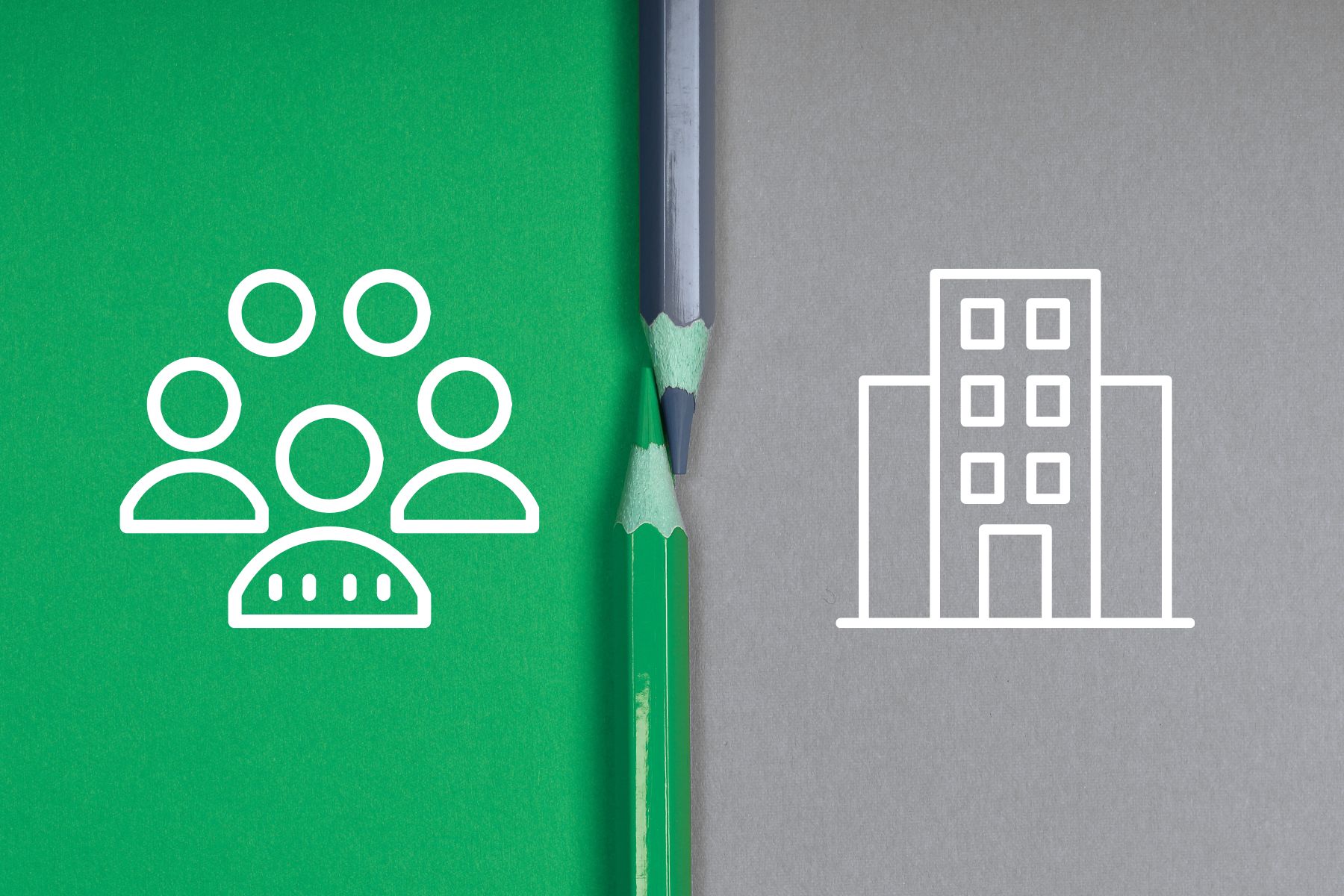Summary
Sales engagement platforms help teams reach buyers, but without GTM orchestration, they act in silos. This article explores how sales engagement workflows powered by LeanData connect CRM, marketing, and engagement tools to create coordinated outreach that aligns with every buyer signal.
What You’ll Learn
- How GTM orchestration improves timing and coordination in sales engagement
- Which platforms integrate with LeanData to unify your GTM stack
- How FlowBuilder lets teams automate routing and outreach without code
- Real examples of workflows that improve follow-up and customer experience
- How better matching and data hygiene eliminate duplicate outreach
Sales engagement tools are among the most loved technologies in the revenue tech stack. They help sales teams stay consistent, follow up faster, and build relationships across channels. Yet, as the number of tools inside a company grows, so does the challenge of connecting all those moving parts.
That’s where GTM orchestration changes the story. It brings order to the noise by linking the right systems together so that every outreach, every sequence, and every buyer interaction happens with perfect timing.
Why Orchestration Matters in Sales Engagement
Sales engagement platforms like Outreach, Salesloft, and Salesforce Sales Engagement are designed to help sales teams scale their outreach. They manage calls, emails, and social touches with efficiency. However, they are only as good as the data and signals they receive.
Without orchestration, a cadence might start too early, too late, or to the wrong contact. With orchestration, outreach begins at exactly the right moment. For example, when a new lead arrives from your website, orchestration ensures that your sales engagement tool instantly starts a relevant sequence.
Consequently, this connection closes the gap between marketing signals, CRM data, and the real-world actions of your sales team.
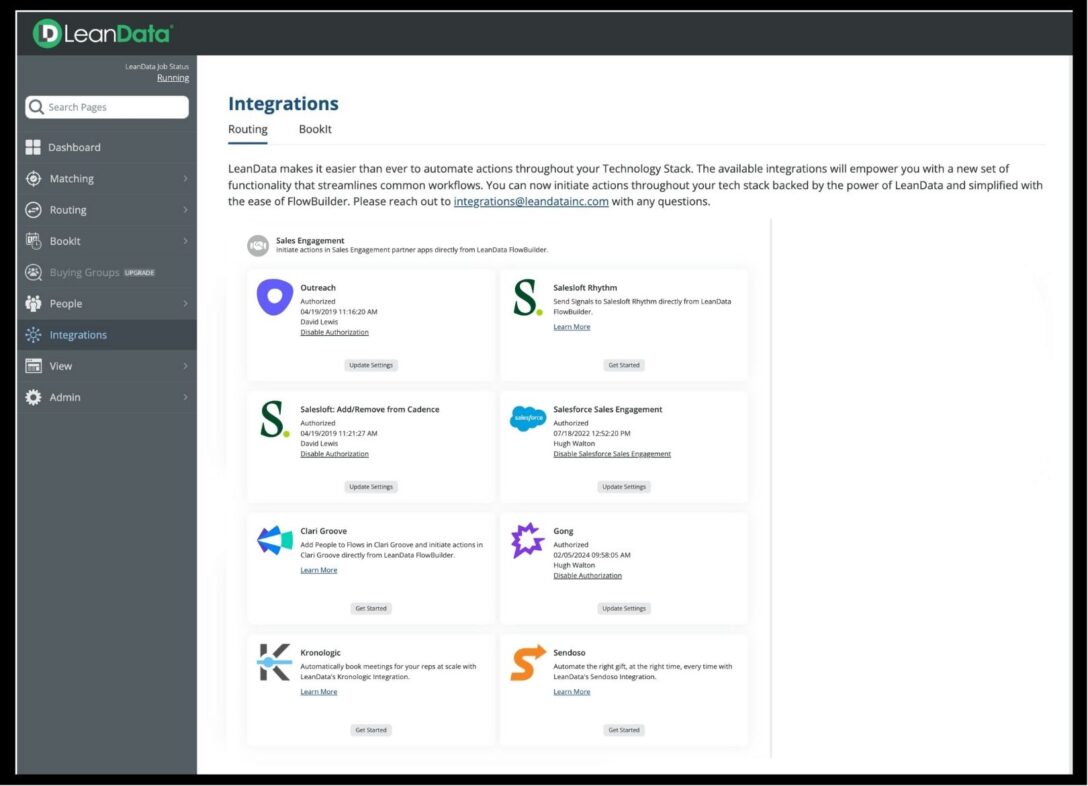
How LeanData Connects the Sales Engagement Ecosystem
LeanData serves as the connection point for your GTM systems. It routes leads, triggers workflows, and coordinates engagement across platforms like Salesforce, HubSpot, Outreach, Salesloft, and Salesforce Sales Engagement.
Plus, LeanData integrates with over 17 leading GTM solutions across data, engagement, and scheduling. That ecosystem includes:
- CRM and Marketing Platforms: Salesforce, HubSpot
- Sales Engagement Tools: Outreach, Salesloft, Salesforce Sales Engagement
- ABM and Intent Platforms: 6sense, Demandbase, RollWorks
- Data Providers: ZoomInfo, Clearbit
- Conversation and Scheduling Tools: Gong, BookIt for LeanData
- Collaboration and Productivity: Slack, Microsoft Teams
Together, these integrations create a single connected environment that allows GTM teams to act quickly and confidently.
Examples of Intelligent Sales Engagement Workflows
When systems speak to one another, sales engagement becomes more meaningful. Here are some ways GTM orchestration enhances sales engagement workflows:
- Speed to Lead: As soon as an inbound lead arrives, LeanData can trigger a sequence in Outreach or Salesloft so the right rep reaches out within minutes.
- Segmentation and Personalization: Leads are automatically grouped by industry, title, or account type, ensuring that each contact enters the most relevant sequence.
- Event Follow-Up: After a tradeshow or webinar, attendees can automatically receive personalized follow-up sequences from the assigned rep.
- Re-Engagement: Dormant leads can be reactivated through targeted cadences based on updated activity or interest signals.
- Customer Milestones: After implementation or renewal, customers can receive check-in messages from their account managers to build loyalty.
Each of these workflows begins with one simple rule: when a signal appears, LeanData ensures the next right action happens automatically.
The Role of FlowBuilder
FlowBuilder is LeanData’s visual interface that allows operations teams to design these workflows using drag-and-drop logic. You can create conditions, set priorities, and trigger sequences in your sales engagement platform without writing a single line of code.
First, teams define the rules such as territory, lead source, or product interest. Next, FlowBuilder connects those rules to actions inside other tools. Then, when a matching condition occurs, the workflow runs instantly.
As a result, SDRs and AEs always know who to contact and when, reducing manual steps and improving follow-up speed.
Preventing Duplicates and Double Outreach
Duplicate outreach frustrates both buyers and sales teams. LeanData’s matching capabilities ensure that each contact is assigned to the correct account and rep before any sequence begins.
This coordination prevents confusion, avoids overlapping messages, and keeps your outreach professional and timely. Plus, with deduplication and automatic rerouting, GTM teams can keep data clean and processes smooth without needing manual cleanup.
Beyond Outreach: Connecting the Entire Buyer Journey
Modern sales engagement workflows extend far beyond the first conversation. Orchestration ensures that follow-ups, customer success check-ins, and renewal outreach all flow through the same connected system.
When sales, marketing, and customer teams use one orchestration layer, every interaction feels coordinated. As a result, buyers experience consistent, relevant communication from first signal through lifetime value.
Connecting People, Process, and Platforms
Sales engagement success is no longer about sending more messages. It’s about sending the right message at the right time. GTM orchestration provides the framework for that precision by connecting data, people, and processes in one system.
When every platform in your stack works together, from CRM to sales engagement to customer success tools, your entire GTM motion runs faster and more predictably.
The companies that excel in this area aren’t just efficient. They’re consistent. And consistency, especially across buyer engagement, builds trust that leads to revenue growth.
